Molokaʻi transforms student visitors
A look into Kalaupapa
Photo by Maile Sur
Kahu Kalani Wong helps Kalaupapa resident Aunty Elizabeth Kahikolo play Sakura, her favorite game. Kahu Wong, along with kahu and students from all three KS campuses went to Molokai on their annual visit, October 4-9, 2013.
For a town that has changed so little, Kalaupapa can change you so much.
Kalaupapa, Moloka’i, a town that sprang up for the quarantine of leprosy patients in the 1800’s and early 1900’s, was known for being plagued with sadness, but for the residents of Kalaupapa and those who visit, that description does not even scratch the surface of its transformational power.
“You find part of yourself you didn’t know you had,” resident Ioane Ho’omanawanui said. She came to Kalaupapa in 1991 to be a medical administrator at the care center.
Richard Miller, who works for the National Park Service as a historic preservationist, said, “Shortly after stepping off the plane you start to realize this isn’t like any other place you’ve ever been.”
Miller came to Kalaupapa ten years ago to help a restoration team. He continues to help with the preservation of Kalaupapa by working on homes and grave sites.
Kahu Kalani Wong, along with kahu from the Kapālama and Keaʻau campuses, takes a group of students to Kalaupapa every year.
“It’s a great learning laboratory,” he said. “Students get to know the history of the place, get to know the patients and the challenges they face, as well as the joys they had.”
Five students from the Maui campus, senior Aaron Morton and juniors Kaiani Kiaha, Regina Kuhia, Spencer Shiraishi, and myself, were met by seniors Kamuela Makue and Jonah Hoshino from Kapālama, and seniors Sam Bader and Jonah Chiquita from Kea’au went to Kalaupapa during Fall Break to serve the community.
They led Sunday service at Kana’ana Hou Church and cleaned the church yard and the garden of patient Winnie Harada. In total, the students filled over 106 garbage bags with green waste during their visit, October 4-9.
Patient caretaker Edwin Lelepali said that it’s “up to you guys [the students] to take care of the place after they [the patients] are gone.”
At one point, there were about 1,200 men, women and children who were quarantined there to prevent the spread of Hansen’s disease. Now, only ten patients remain.
After the last of them passes, the State of Hawai’i will release control over the Kalaupapa colony, and the National Park Service will take over preserving the land.
Mr. Lelepali or “Uncle Pali” said that he doesn’t want Kalaupapa to be known as a sad place. “We lived life just like you guys do. We had fun just like you guys do,” he said.
He told the students about the many activities that residents participated in, including baseball, badminton, football, and volleyball (Uncle Pali’s favorite) and choirs and bands. To this day, members of the community gather to play volleyball on Wednesdays and Saturdays with Uncle Pali as the referee.
Many of the students said that they could feel a deep connection to Kalaupapa.
Junior Regina Kuhia said that building relationships with the patients changed her because they gave her “the responsibility of documenting and sharing their life stories for future generations so that the history of Kalaupapa will not be forgotten.”
For myself, I felt I had a calling to come and serve the people of Kalaupapa. To my surprise, this calling was deeper than to just serve the community, it was to serve my family.
Kamuela Makue and I, surprisingly, were able to connect with family members. I visited the house of my great aunt and uncle as well as the grave site of my great, great uncle. I had not even known that I had ancestors there.
From the very first day, I knew why I was brought there. Physically, I was there to help the residents. Spiritually, they were there to help me.
10/11 This story has been updated to correct the spelling of Ioane Ho’omanawanui.


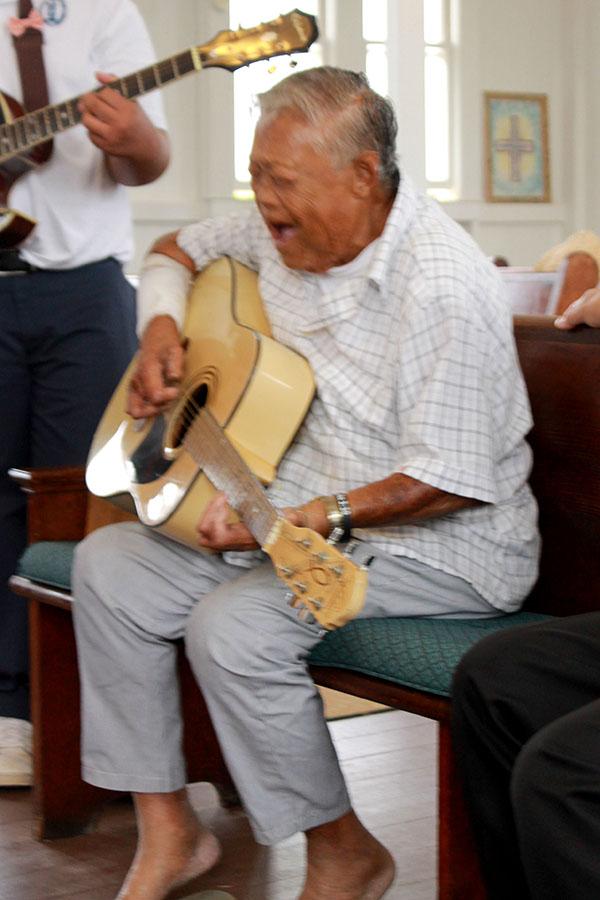

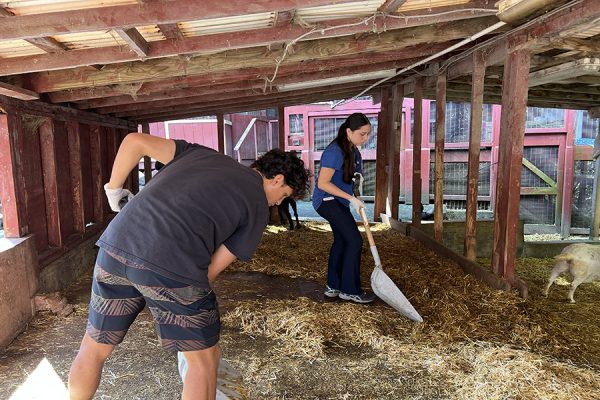
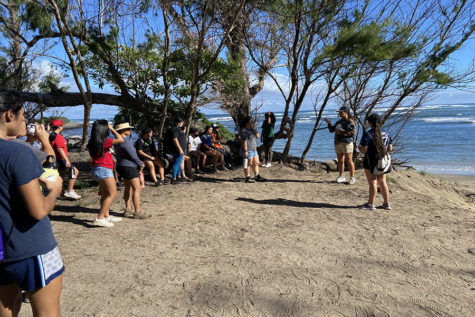

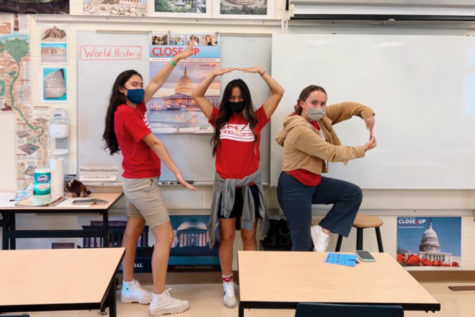


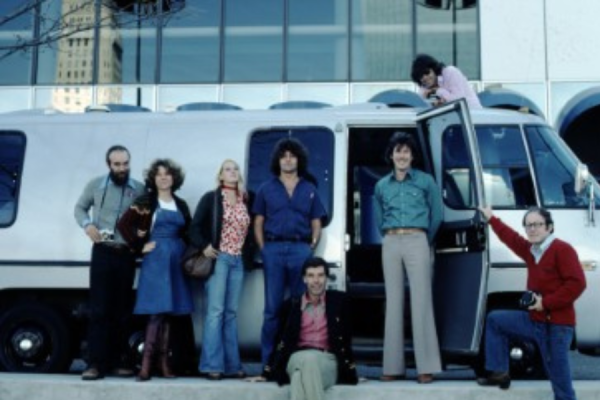

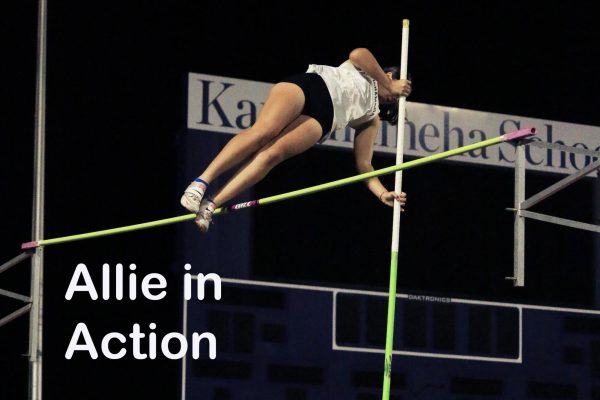
Mr. Cagasan • Oct 10, 2013 at 10:15 am
Wow! mahalo for sharing your Kalaupapa experience. I’m glad you were able to build relationships with our sister campuses. Moreover, I’m glad you were able to make connections with your ohana Mahalo to you and everyone for extending the reach of our service to outlying communities!!
Ms. Kaawa • Oct 11, 2013 at 7:24 am
Maika’i loa. Kalaupapa is definitely spiritually grounding. It’s pleasing to know our haumāna went with the right intent. Moloka`i nui a Hina.